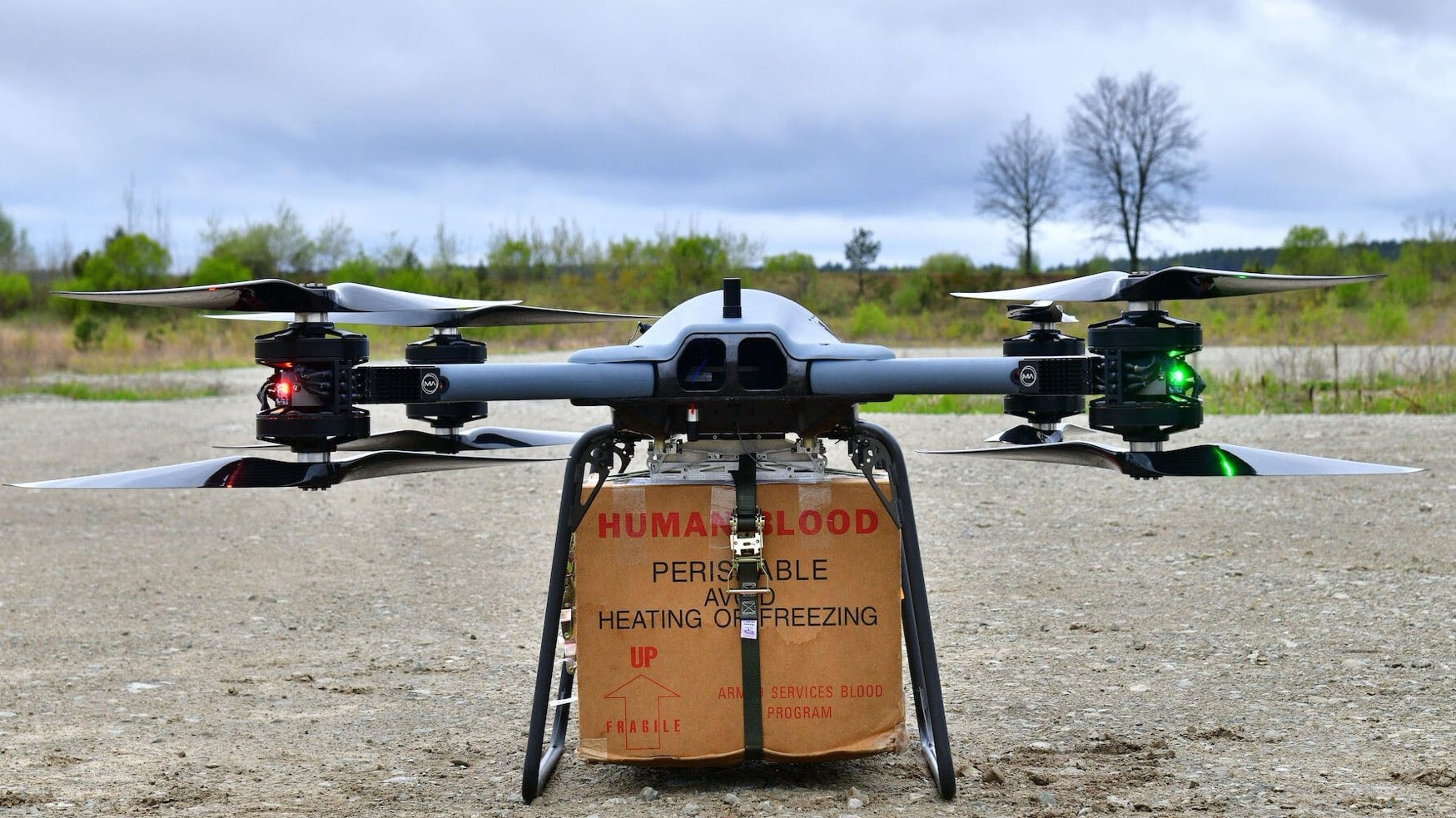U.S. Army Drones Deliver Blood to Frontlines in Major Swift Response 2025 Exercise

In a groundbreaking step for military medical logistics, the U.S. Army’s 173rd Airborne Brigade successfully used drones to transport blood supplies during the Swift Response 2025 exercise in Lithuania. According to Task and Purposes, this operation, involving Finland, Latvia, Norway, and Sweden across the Baltic and Arctic regions, showcased drones slashing delivery times and reducing risks to personnel, marking a pivotal advancement for drone technology in combat support.
Drones Slash Blood Delivery Times
During the exercise, medics with the 173rd Airborne Brigade tested drone capabilities in delivering blood to simulated combat zones. Traditionally, moving blood supplies 1.86 to 2.49 miles (3 to 4 kilometers) required five soldiers and took 20 to 30 minutes via field ambulance. Drones reduced this to just four minutes, as noted by 1st Sgt. Cyril Clayton:
“The difference is someone dying and not, because four minutes is substantially faster than 20 or 30.”
This speed also lowered the risk to medics, cutting the exposure time in hostile environments from potentially five minutes down to two, according to Clayton.
Technical Challenges in Blood Transport
Transporting blood poses unique challenges, particularly in maintaining its viability. The drones carried blood in a Collins Box, a cardboard shipping container with Styrofoam insulation, ensuring the blood remained on ice. Clayton reportedly emphasized the importance of temperature control:
“There’s definitely a limited shelf life on how long we can keep units. The requirements for ice are heavy and anytime you’re going to jump something under canopy, that’s a concern so they need rapid ability to either recool or have access to ice, which are both tall orders.”
Additionally, the violent G-forces from parachuting can damage blood cells, prompting Clayton to stress the need for careful handling:
“Main concern for us is – is it safe to deliver human tissue at those speeds, at the force being applied to that tissue? Is it still gonna be viable when it gets to the patient that needs it?”
Drone Specifications and Operational Insights
The 173rd Medical Company utilized Class II-designated drones, weighing between 21 and 55 pounds, capable of flying as high as 3,500 feet. They tested the TRV 150 cargo drone, measuring 8.5 feet long, 6 feet wide, and weighing 125 pounds, with a cargo capacity of 150 pounds.
A larger Flying Basket drone, 5 feet wide and 220 pounds, was also deployed. These drones operated within a 3.11-mile (5-kilometer) communication range due to battery constraints, as Capt. Jessica Knoll reportedly explained:
“In an actual combat theater, it could be 18.64-30 miles (30 kilometers). I don’t think there would be any issues with temperature for that amount of time. The biggest thing is going to be the navigation piece.”
Future of Drones in Military Medical Support
This exercise highlights the growing role of drones in military operations, particularly for medical support. The Army aims to integrate drone experts into infantry and artillery units, ensuring compliance with the Geneva Convention’s rules on protective use. Knoll underscored this focus:
“Our concerns are making sure that we’re using the drones defensively and not offensively, and ultimately to render aid to service members in need and not for defense.”
Looking ahead, the 173rd plans to expand drone use for blood resupply in future exercises, continuing to refine navigation and payload capabilities to support larger-scale conflicts.
The successful deployment of drones in Swift Response 2025, as reported by Task & Purpose, signals a transformative shift in military logistics, offering faster, safer, and more efficient medical support on the battlefield. As drone technology evolves, its integration into combat support roles will likely redefine operational strategies, ensuring critical supplies reach soldiers faster than ever.
Photo courtesy of Task and Purpose.
Discover more from DroneXL.co
Subscribe to get the latest posts sent to your email.
Check out our Classic Line of T-Shirts, Polos, Hoodies and more in our new store today!

MAKE YOUR VOICE HEARD
Proposed legislation threatens your ability to use drones for fun, work, and safety. The Drone Advocacy Alliance is fighting to ensure your voice is heard in these critical policy discussions.Join us and tell your elected officials to protect your right to fly.
Get your Part 107 Certificate
Pass the Part 107 test and take to the skies with the Pilot Institute. We have helped thousands of people become airplane and commercial drone pilots. Our courses are designed by industry experts to help you pass FAA tests and achieve your dreams.

Copyright © DroneXL.co 2025. All rights reserved. The content, images, and intellectual property on this website are protected by copyright law. Reproduction or distribution of any material without prior written permission from DroneXL.co is strictly prohibited. For permissions and inquiries, please contact us first. DroneXL.co is a proud partner of the Drone Advocacy Alliance. Be sure to check out DroneXL's sister site, EVXL.co, for all the latest news on electric vehicles.
FTC: DroneXL.co is an Amazon Associate and uses affiliate links that can generate income from qualifying purchases. We do not sell, share, rent out, or spam your email.


















